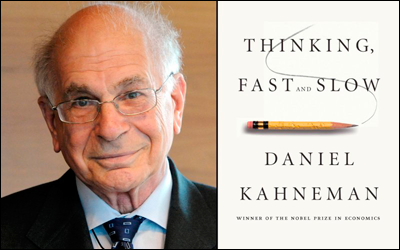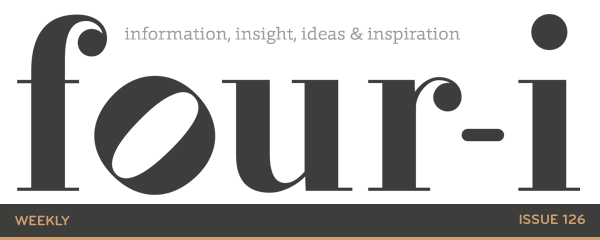Decision Time

No doubt the debate whether to stay in or leave the EU will increase in volume and temperature this week. Whilst many bemoan a lack of facts, (although I’m not always sure what a “fact” is these days, particularly with this issue), it seems to me that propaganda from both sides of the argument is resulting in extremist views dominating which in turn make it even harder for many people to come to a conclusion based on evidence and instead results in their relying on instinct and gut feel.
This got me thinking about how often and which types of decisions are made based on fact compared to those determined by intuition? Let’s take the big decisions in life first and consider how you made yours.
- Girl/boyfriends.
- Wife/husband/partner.
- First child.
- Subsequent child(ren).
- First home.
- Subsequent homes.
- First job.
- Subsequent jobs.
- First business.
- Subsequent businesses/expansion.
- Recruiting employees/colleagues.
- Investments.
- Selling an asset, home, business, etc.
- Retirement.
My bet is that for many of us, some or even all of these decisions were fundamentally made by gut feel – and then, maybe after the decision had been made, were substantiated by the facts, (whatever they are).
In his excellent book, “Thinking Fast and Slow”, Nobel Prize winning psychologist and behavioural economist Daniel Kahneman, explains how we have two systems of thinking – system 1, Fast, system 2, Slow. He highlights how most of us are “lazy thinkers” relying on system 1 which is built on our biases, (he calls them heuristics), assumptions, values, drivers and beliefs which results in our effortlessly jumping to conclusions whereas system 2 requires effort, often considerable, consideration and weighing up of alternatives, seeking evidence and supporting facts.
But, Kahneman concludes, both systems can result in mistakes being made, system 2 isn’t infallible, indeed system 1 thinking will often yield the right result.
My sense is that when it comes to making important decisions to be very mindful of the power and pull of system 1 thinking. Recognise it for the help it’s trying to offer and then turn the volume down and get into system 2 mode. Consider the facts, seek alternatives even if your system 1 is screaming “no”, weigh up the options. Having done this the next step is to “go meta”, a NLP term for viewing from a distance, to become detached from the position and to see from a witness position. This might reveal different possibilities, we call them “third alternatives” or it might not. But if you’re then none the wiser then give in to system 1 – if you don’t it will nag at you endlessly!
If you have been sent this newsletter by a colleague and would like to register to receive the four-i Newsletters yourself, you can sign up here
Follow our social channels here: